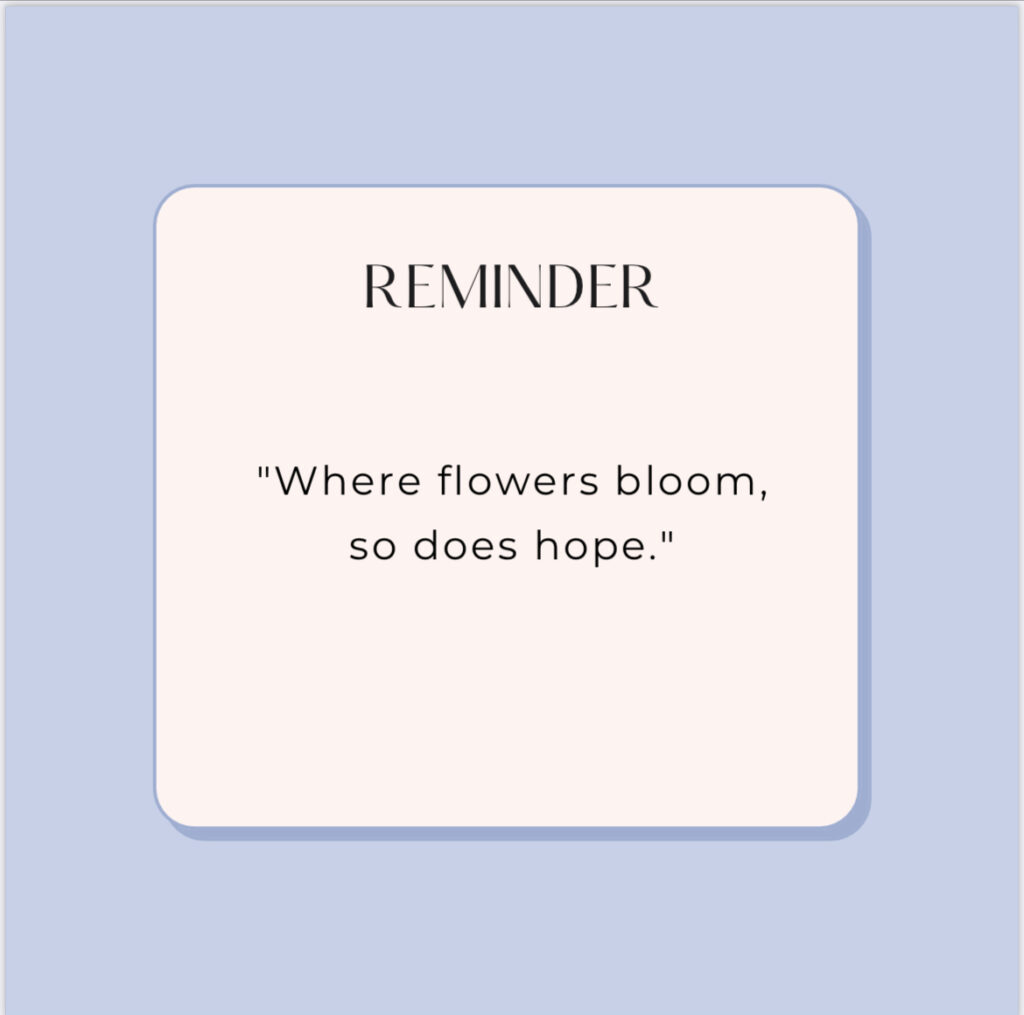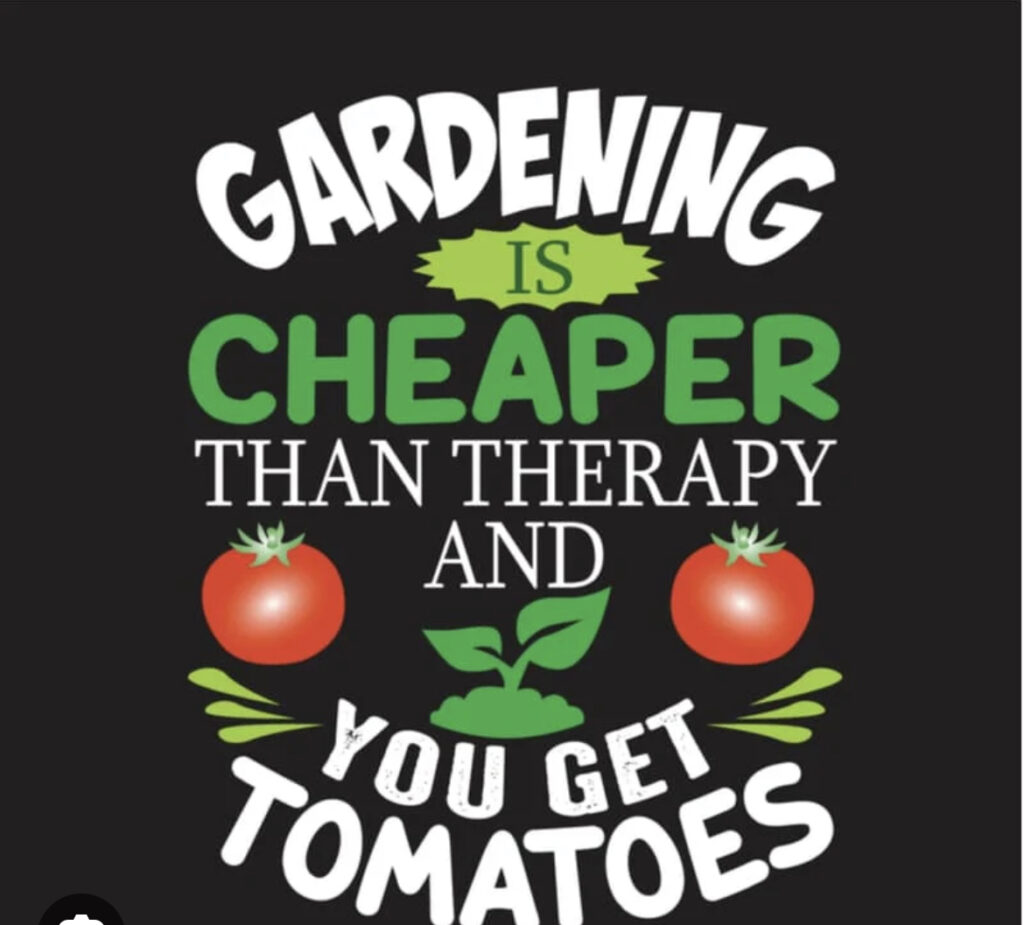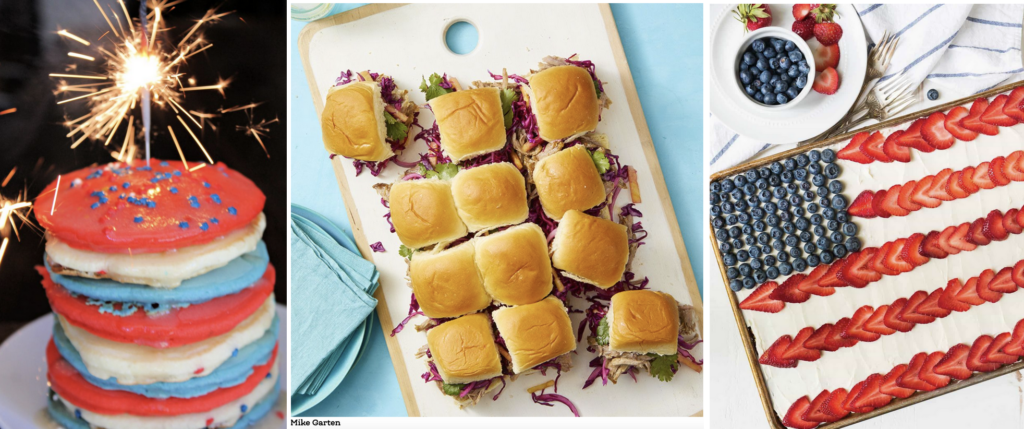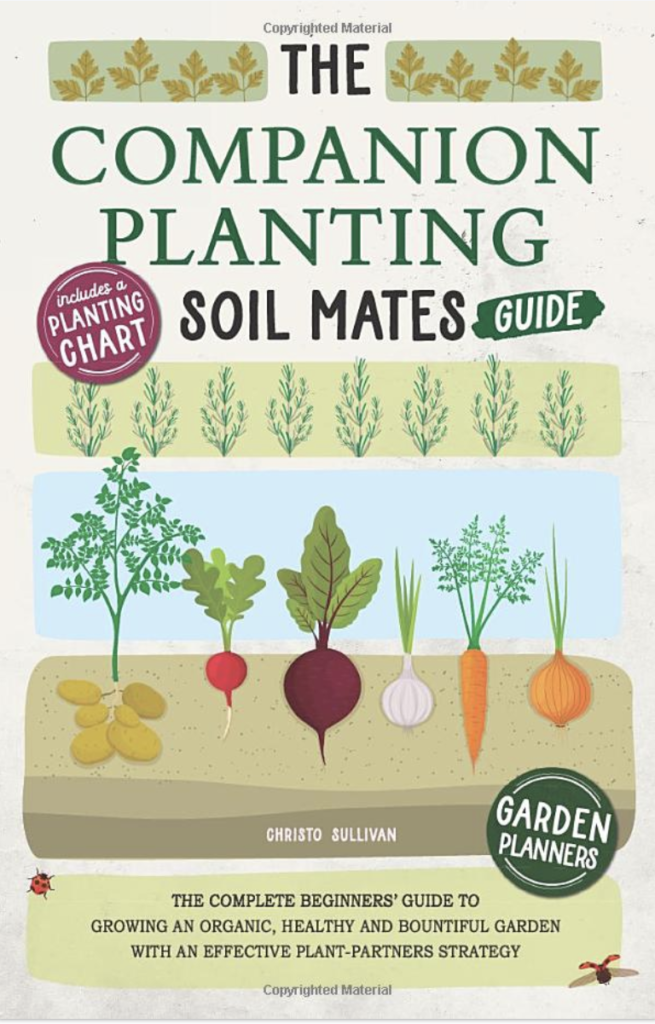Companion Planting and The Validating Environment
Lucy Howell, LCSW
If you have ever had a bouquet of flowers, a bit of landscaping around your home, or a small herb garden, then you are aware that at the very least plants need sun, water, and nutrient rich soil in order to thrive. Companion planting, a gardening technique that involves strategically pairing plants to maximize the health and vitality of a garden, is important in horticulture and also as a metaphor to illustrate the importance of a validating environment within the BioSocial Theory from DBT.
In companion planting, specific plants are deliberately chosen and cultivated together because they benefit one another in various ways. Some plants repel pests that may harm their companions, while others improve soil quality or attract pollinators who will fortify your garden. For example, Nasturtiums can protect your basil and peppers from an aphid infestation, while Marigolds will repel root-rot. The “Three Sisters” method of planting refers to the intentional placing of beans, corn, and squash together as they bare genetic traits that enhance the quality of the soil and eventual harvest. On the darker side, brassicas such as broccoli and cauliflower should never be planted with corn. They are incompatible and produce nothing but hostility together, leaving them vulnerable to disease and eventual rot.
The BioSocial Theory in DBT teaches us about the transactional relationship between a persons biological factors and social environments in shaping behavior and emotional well-being. It emphasizes the interplay of biological factors, such as genetics and neurobiology, with social factors, such as family dynamics, relationships, and cultural influences. This theory underscores the validating social environment as a crucial piece in the safe and healthy development of a person. An invalidating environment runs the risk of reinforcing maladaptive patterns of behavior and/or the long lasting effects of trauma.
Just as companion plants benefit from specific, nutrient dense conditions to thrive, individuals within a validating environment may have diverse needs and vulnerabilities. A validating environment sees and addresses these differences, providing accurate support and resources to meet each person’s unique requirements.
While we don’t always get to choose “choose our garden”, there are things we can do to protect ourselves from unwanted pests. In gardening, we regularly look for signs of mildew, slugs, dry leaves, and wilt. When we observe signs of aggression, we take care by using a concoction of sprays or give a little extra love in the form of a fancy plant food. You, too, can use skills to recover from invalidation when it happens.
What environments do you find yourself feeling most validated? Who are your companions? What do you do to recover from invalidation?
WORDS OF WISDOM

MEME OF THE WEEK

MUSIC
BOOK OF THE WEEK
(Click below to Purchase Book)
ACTIVITY
DBT Micro Lessons: Validation
MENU

4th of July. Pancakes , Hawaiian Pull Apart Pork Rolls, Flag Cake
CONTRIBUTE

